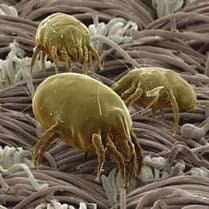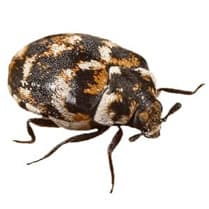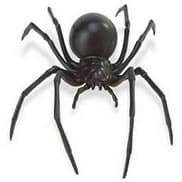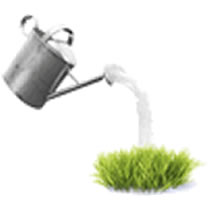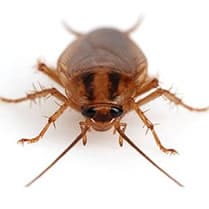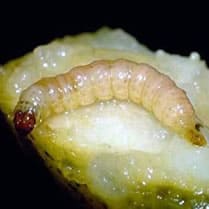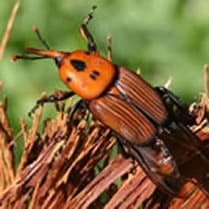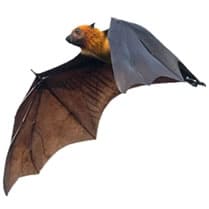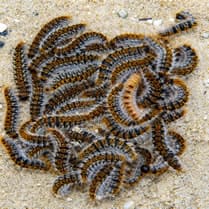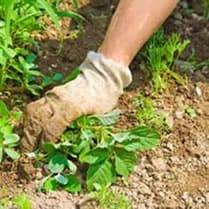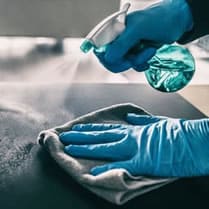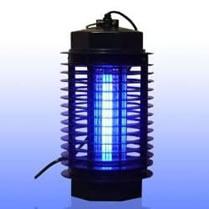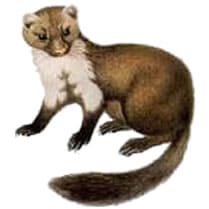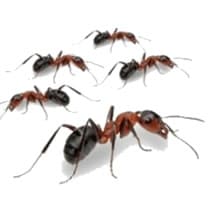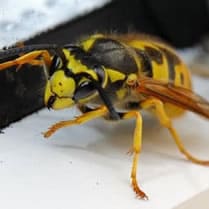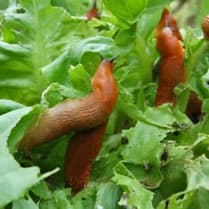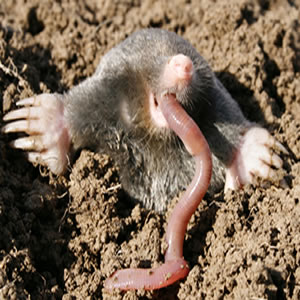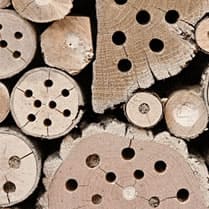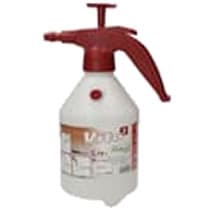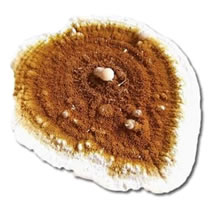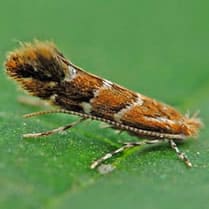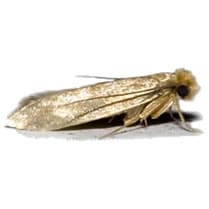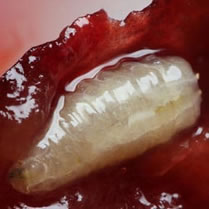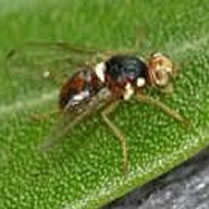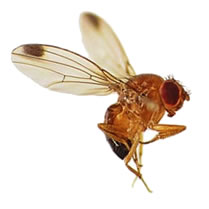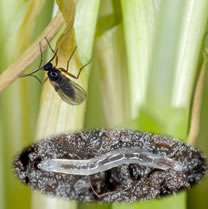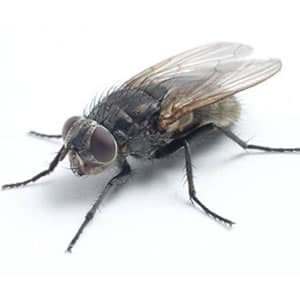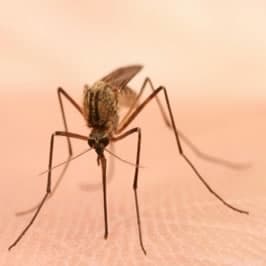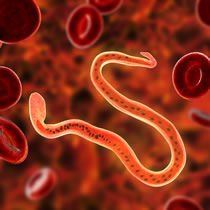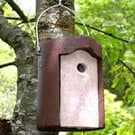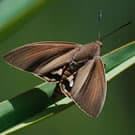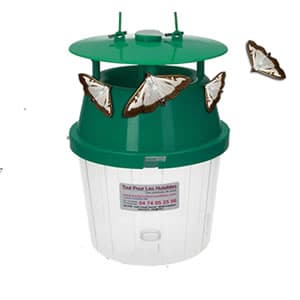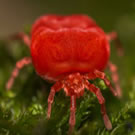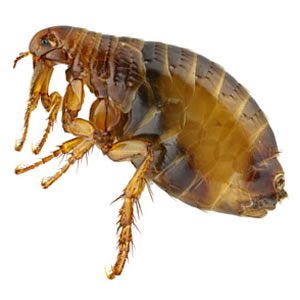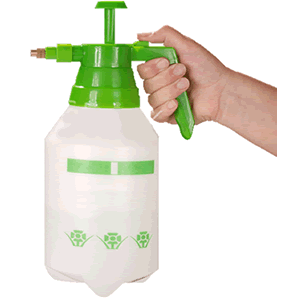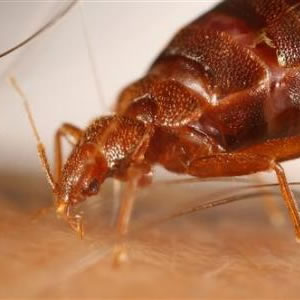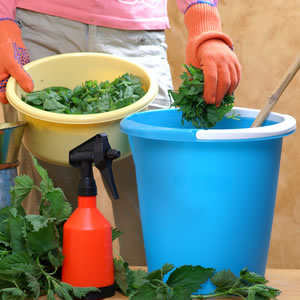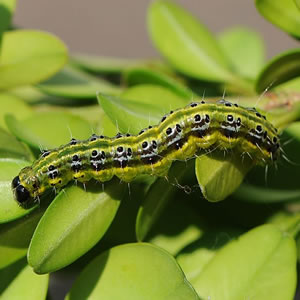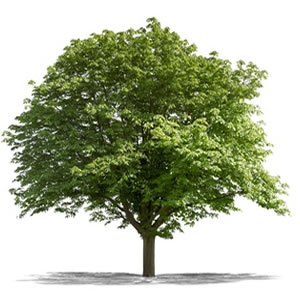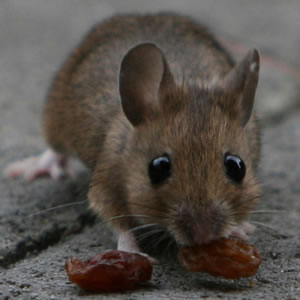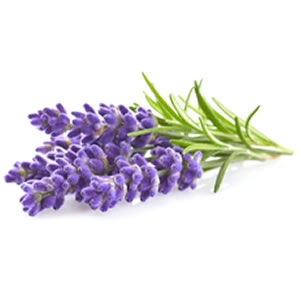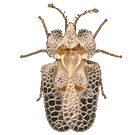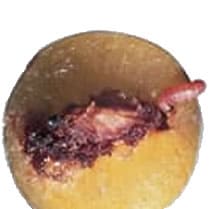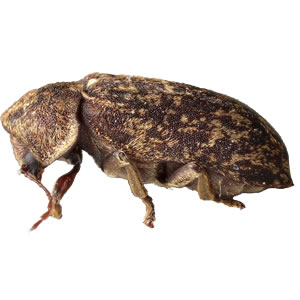- Free delivery
- Oak caterpillar
- Presentation
- Formulation Gel - Cryptobiose
- Legal Notice
- Deliveries
- The main useful nematodes
-
Target pests
- Thrips
- Palm Butterfly (Paysandisia archon)
- The red weevil (Palm tree)
- Soil flies
- The ants
- Box tree moth
- Cutworm - cutworm caterpillars
- crane fly larvae
- The cutters
- White grubs, cockchafers
- Otiorhynchus
- Colorado potato beetle
- The plane tree tiger
- fruit codling moth
- mosquito larvae
- root aphid
- Slugs and snails
- The pear tiger - Stephanitis piri
- Tomato leaf miner
- Agave weevil
- Peach tree capnode
- Zeuzère of the fruit trees
- A little history ...
- Terms of Sales
- Contact us
- Professionnal work place
- Other pests
-
![ACA - Acarien.info, products against mites]() Acariens Acarien.info, products against mites
Acariens Acarien.info, products against mites -
![ANT - Acarien.info, products against mites]() Anthrène des tapis Acarien.info, products against mites
Anthrène des tapis Acarien.info, products against mites -
![ARA - Acarien.info, products against mites]() Araignee Acarien.info, products against mites
Araignee Acarien.info, products against mites -
![ARE - Acarien.info, products against mites]() Arrosage écologique Acarien.info, products against mites
Arrosage écologique Acarien.info, products against mites -
![CAF - Acarien.info, products against mites]() Cafards et Blattes Acarien.info, products against mites
Cafards et Blattes Acarien.info, products against mites -
![CAR - Acarien.info, products against mites]() Carpocapse (vers des fruits) Acarien.info, products against mites
Carpocapse (vers des fruits) Acarien.info, products against mites -
![CRO - Acarien.info, products against mites]() Charancon rouge du palmier Acarien.info, products against mites
Charancon rouge du palmier Acarien.info, products against mites -
![CHI - Acarien.info, products against mites]() Chats-Chiens Acarien.info, products against mites
Chats-Chiens Acarien.info, products against mites -
![LCV - Acarien.info, products against mites]() Chauve souris Acarien.info, products against mites
Chauve souris Acarien.info, products against mites -
![CHE - Acarien.info, products against mites]() Chenille Processionnaire Acarien.info, products against mites
Chenille Processionnaire Acarien.info, products against mites -
![DES - Acarien.info, products against mites]() Desherbage Acarien.info, products against mites
Desherbage Acarien.info, products against mites -
![DVB - Acarien.info, products against mites]() Désinfection-Virus-Bacterie Acarien.info, products against mites
Désinfection-Virus-Bacterie Acarien.info, products against mites -
![DIU - Acarien.info, products against mites]() Destructeur Insectes UV Acarien.info, products against mites
Destructeur Insectes UV Acarien.info, products against mites -
![EPI - Acarien.info, products against mites]() Equipement Protection Individuelle Acarien.info, products against mites
Equipement Protection Individuelle Acarien.info, products against mites -
![FNE - Acarien.info, products against mites]() Fouines Acarien.info, products against mites
Fouines Acarien.info, products against mites -
![FOU - Acarien.info, products against mites]() Fourmis Acarien.info, products against mites
Fourmis Acarien.info, products against mites -
![GUE - Acarien.info, products against mites]() Guêpes - Frelons Asiatique Acarien.info, products against mites
Guêpes - Frelons Asiatique Acarien.info, products against mites -
![ENG - Acarien.info, products against mites]() Les Engrais Acarien.info, products against mites
Les Engrais Acarien.info, products against mites -
![LIM - Acarien.info, products against mites]() Limaces Acarien.info, products against mites
Limaces Acarien.info, products against mites -
![TAU - Acarien.info, products against mites]() Lyon Taupe Acarien.info, products against mites
Lyon Taupe Acarien.info, products against mites -
![INS - Acarien.info, products against mites]() Maisons Insectes Acarien.info, products against mites
Maisons Insectes Acarien.info, products against mites -
![MAT - Acarien.info, products against mites]() Materiel de traitement Acarien.info, products against mites
Materiel de traitement Acarien.info, products against mites -
![MEP - Acarien.info, products against mites]() Mérule Acarien.info, products against mites
Mérule Acarien.info, products against mites -
![MIN - Acarien.info, products against mites]() Mineuse du Marronnier Acarien.info, products against mites
Mineuse du Marronnier Acarien.info, products against mites -
![MIT - Acarien.info, products against mites]() Mites des Vêtements - Alimentaire Acarien.info, products against mites
Mites des Vêtements - Alimentaire Acarien.info, products against mites -
![MOC - Acarien.info, products against mites]() Mouche cerise Acarien.info, products against mites
Mouche cerise Acarien.info, products against mites -
![OLI - Acarien.info, products against mites]() Mouche de l olive Acarien.info, products against mites
Mouche de l olive Acarien.info, products against mites -
![SUZ - Acarien.info, products against mites]() Mouche suzukii Acarien.info, products against mites
Mouche suzukii Acarien.info, products against mites -
![MDT - Acarien.info, products against mites]() Mouche-du-terreau Acarien.info, products against mites
Mouche-du-terreau Acarien.info, products against mites -
![MOU - Acarien.info, products against mites]() Mouches Acarien.info, products against mites
Mouches Acarien.info, products against mites -
![MTQ - Acarien.info, products against mites]() Moustique Acarien.info, products against mites
Moustique Acarien.info, products against mites -
![NEM - Acarien.info, products against mites]() Nématodes Acarien.info, products against mites
Nématodes Acarien.info, products against mites -
![NIC - Acarien.info, products against mites]() Nichoirs et Abris Acarien.info, products against mites
Nichoirs et Abris Acarien.info, products against mites -
![PAL - Acarien.info, products against mites]() palmiers Acarien.info, products against mites
palmiers Acarien.info, products against mites -
![PAY - Acarien.info, products against mites]() Papillon du palmier Acarien.info, products against mites
Papillon du palmier Acarien.info, products against mites -
![PHE - Acarien.info, products against mites]() Phéromone bio Acarien.info, products against mites
Phéromone bio Acarien.info, products against mites -
![PGE - Acarien.info, products against mites]() Pigeon Acarien.info, products against mites
Pigeon Acarien.info, products against mites -
![POU - Acarien.info, products against mites]() Poux rouges du Poulailler Acarien.info, products against mites
Poux rouges du Poulailler Acarien.info, products against mites -
![PDC - Acarien.info, products against mites]() Protection du cheval Acarien.info, products against mites
Protection du cheval Acarien.info, products against mites -
![PCR - Acarien.info, products against mites]() Pucerons Acarien.info, products against mites
Pucerons Acarien.info, products against mites -
![PUC - Acarien.info, products against mites]() Puces Acarien.info, products against mites
Puces Acarien.info, products against mites -
![PUL - Acarien.info, products against mites]() Pulvérisateur Acarien.info, products against mites
Pulvérisateur Acarien.info, products against mites -
![PUN - Acarien.info, products against mites]() Punaise de Lit Acarien.info, products against mites
Punaise de Lit Acarien.info, products against mites -
![PUR - Acarien.info, products against mites]() Purin Acarien.info, products against mites
Purin Acarien.info, products against mites -
![PYR - Acarien.info, products against mites]() Pyrale du buis Acarien.info, products against mites
Pyrale du buis Acarien.info, products against mites -
![SER - Acarien.info, products against mites]() Serpents Acarien.info, products against mites
Serpents Acarien.info, products against mites -
![SDA - Acarien.info, products against mites]() Soin des arbres Acarien.info, products against mites
Soin des arbres Acarien.info, products against mites -
![SDV - Acarien.info, products against mites]() Soin des végétaux Acarien.info, products against mites
Soin des végétaux Acarien.info, products against mites -
![SOU - Acarien.info, products against mites]() Souris - Rat - Campagnol - Rongeur Acarien.info, products against mites
Souris - Rat - Campagnol - Rongeur Acarien.info, products against mites -
![STO - Acarien.info, products against mites]() Stop Odeur Acarien.info, products against mites
Stop Odeur Acarien.info, products against mites -
![TIG - Acarien.info, products against mites]() Tigre du Platane Acarien.info, products against mites
Tigre du Platane Acarien.info, products against mites -
![CPT - Acarien.info, products against mites]() Tout Pour Le Compost Acarien.info, products against mites
Tout Pour Le Compost Acarien.info, products against mites -
![TPG - Acarien.info, products against mites]() Tout Pour Mon Gazon Acarien.info, products against mites
Tout Pour Mon Gazon Acarien.info, products against mites -
![PRU - Acarien.info, products against mites]() Ver de la prune Acarien.info, products against mites
Ver de la prune Acarien.info, products against mites -
![VRI - Acarien.info, products against mites]() Vrillette Acarien.info, products against mites
Vrillette Acarien.info, products against mites
-
Treating fruit tree moth: Zeuzera pyrina
How to identify fruit tree moth?
The fruit tree moth ( Zeuzera pyrina ), also called the "pear moth", is a pest that attacks several fruit and deciduous trees. Native to Europe, it is widespread in temperate regions, including France.
It is recognizable by:
- Size : The adult is a white butterfly with black spots on the wings, measuring about 35 to 50 mm in wingspan.
- Appearance of larvae : The larvae, which cause the main damage, are large pale yellow or pink caterpillars with black spots and can measure up to 6 cm long.
- Life cycle : Females lay their eggs on bark or in cracks in trunks and branches. The larvae then tunnel into the wood and remain inside for several months to two years.
The zeuzera attacks the branches and trunks of fruit trees, causing a general weakening of the tree and risks of branch breakage.
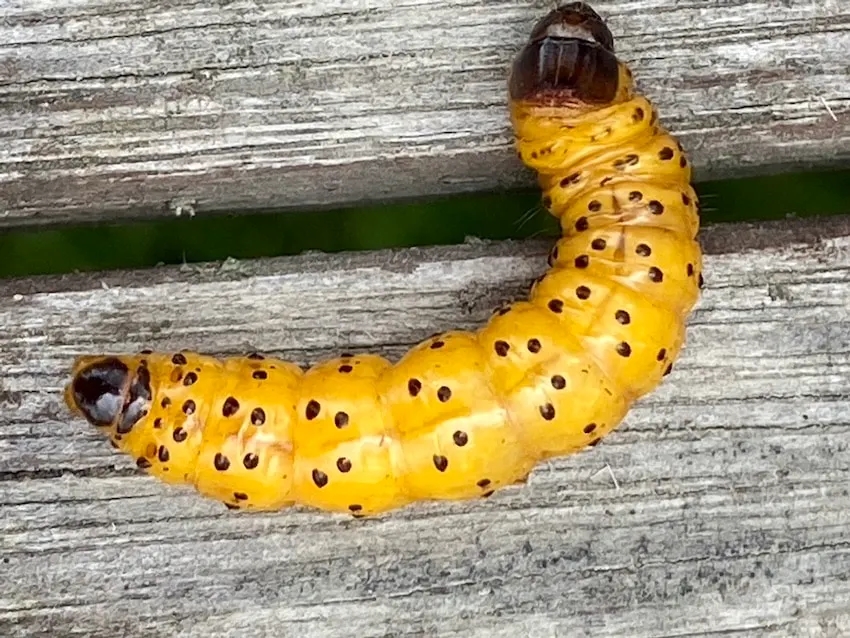
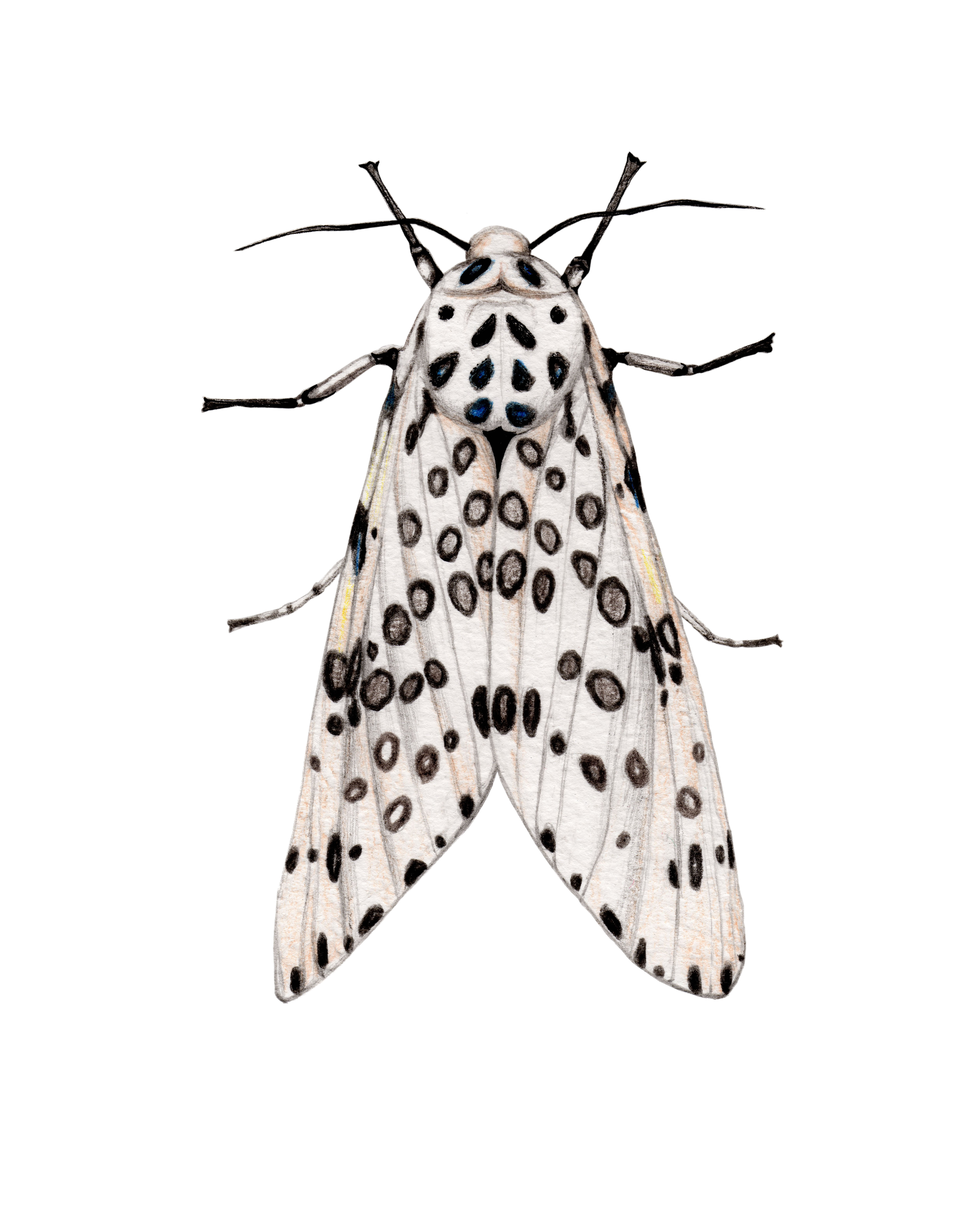
Presence of the zeuzère in France
The zeuzera is present in several regions of France, particularly in the orchards of the South and Center of the country. It is active mainly in spring and summer, when the adults emerge and the larvae begin to dig galleries in the trees.
Plants affected by fruit tree moth
Fruit trees
Stone fruit and pome trees are most affected, including:
- Pear trees ( Pyrus communis )
- Apple tree ( Malus domestica )
- Apricot tree ( Prunus armeniaca )
- Cherry trees ( Prunus avium )
- Plum trees ( Prunus domestica )
Other trees
- Oaks ( Quercus spp. )
- Poplars ( Populus spp. )
- Willow ( Salix spp. )
Damage caused by the fruit tree moth
Zeuzera larvae cause internal damage to the branches and trunks of trees:
Galleries in the woods
The larvae bore deep into branches and trunks, disrupting sap transport and weakening the tree. These tunnels make the branches brittle and vulnerable to breakage.
Branch dieback
Branches infested with larvae may wilt, lose their leaves and die, leading to partial decline of the tree . Internal damage may be invisible until the branch breaks.
General weakening of the tree
Severe infestations can seriously weaken the tree, reducing its fruit production and increasing the risk of secondary infections such as fungal diseases.
Treatment with Steinernema Carpocapsae nematodes against fruit tree zeuzera
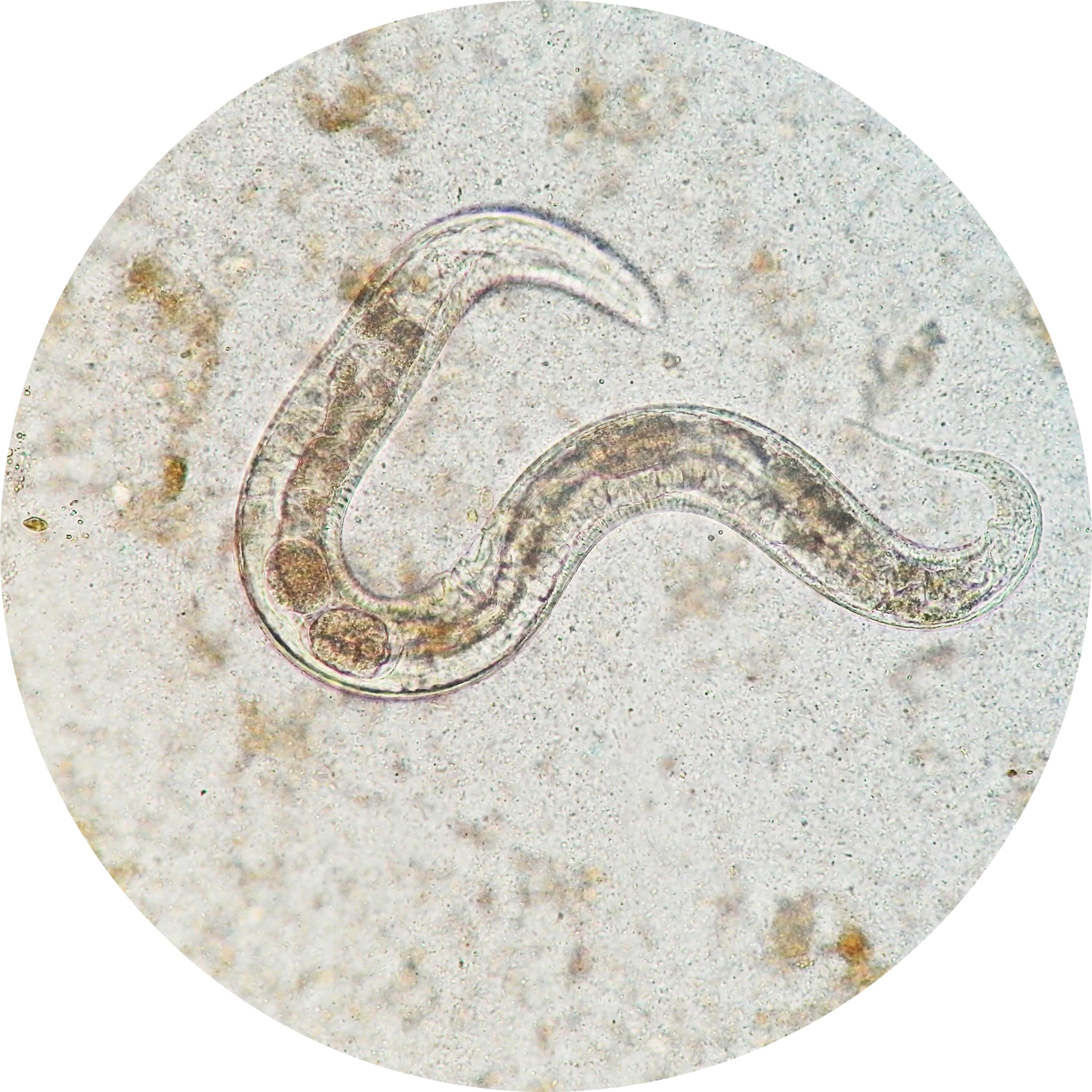 Nematodes are naturally present in the soil in small quantities, they are microscopic worms invisible to the naked eye, respectful of useful insects, crops and vertebrates (human beings and domestic animals). They are safe for dogs and cats.
Nematodes are naturally present in the soil in small quantities, they are microscopic worms invisible to the naked eye, respectful of useful insects, crops and vertebrates (human beings and domestic animals). They are safe for dogs and cats.
Steinernema Carpocapsae nematodes are microscopic worms used as a biological treatment against larvae. Their mode of action is simple but effective: once applied, the nematodes penetrate the larvae through natural channels and release symbiotic bacteria that destroy the inside of the larva, causing its death within a few days.
Nematodes do not have "legs", they move using water.
Delivery and storage of nematodes
Nemtodes can be delivered by non-refrigerated tracked letter directly to letter boxes up to 25 million.
Nematodes can survive more than 8 days at room temperature without any problem. Storing them in the fridge is just to be able to keep them longer by slowing down their development.
Nematodes should be kept cool after receipt in order to slow down their metabolism ("hibernation") so that they can be stored until the DLU date.
At room temperature, nematodes do not die but continue their development. Without food (larvae), they would eventually die naturally after about ten days.
Nematodes are supplied in the form of a more or less moist granular powder. The entire pot (or sachet) must be used in a single treatment to ensure uniform distribution and optimum effectiveness.
Available packaging of nematodes against fruit tree moth SOLU'NÉMA
Steinernema Carpocapsae nematodes against fruit tree leaf beetle are available in different packaging adapted to the surface to be treated:
Pot of 5 million nematodes for approximately 40 holes - Supplied with a 20ml syringe
Pot of 10 million nematodes for approximately 100 holes - Supplied with a 20ml syringe
Pot of 25 million nematodes for approximately 200 holes - Supplied with a 20ml syringe
Pot of 50 million nematodes for approximately 400 holes - Supplied with a 20ml syringe
PS: Pot containing a moist granular powder.
Dosage and application of nematodes
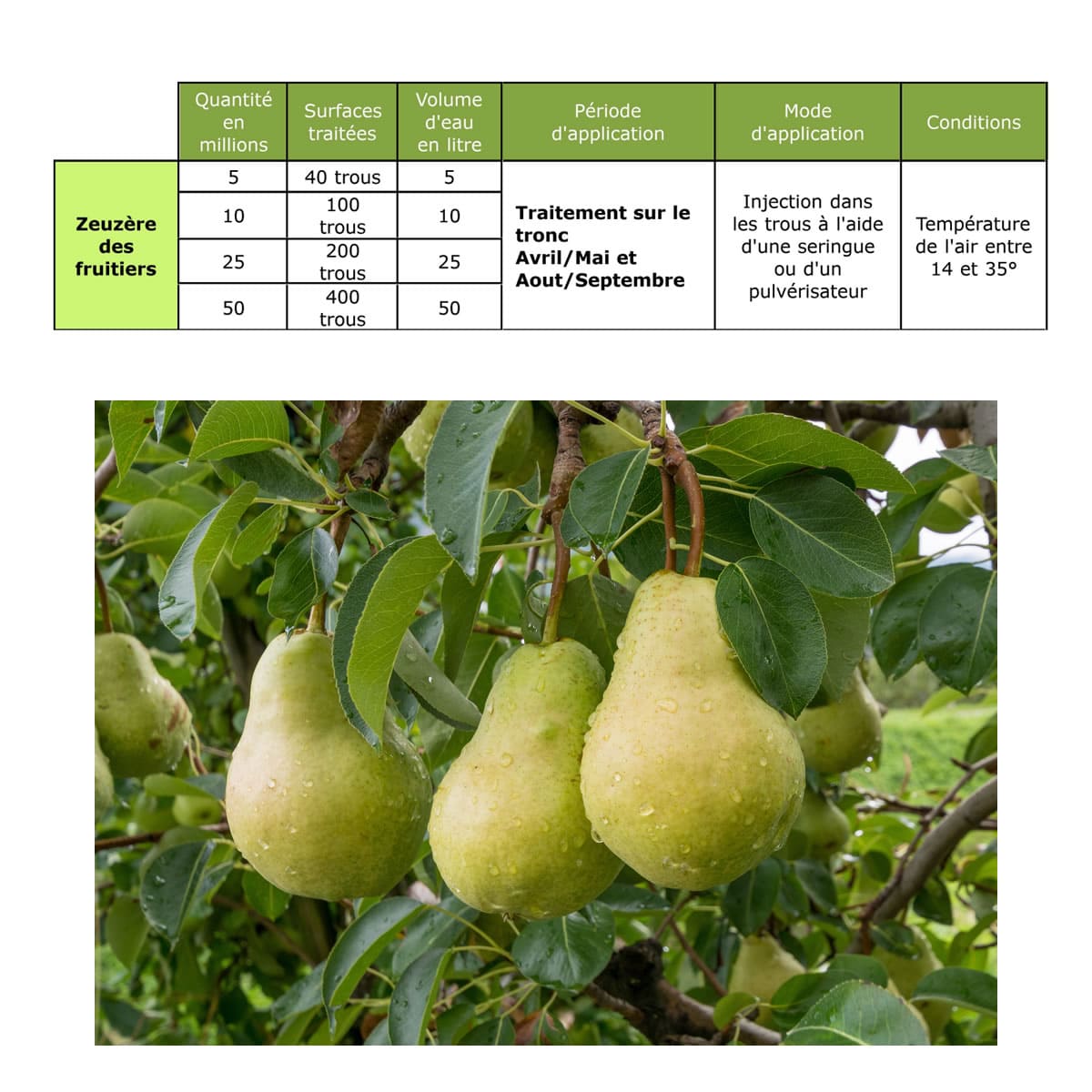
Instructions for use of nematodes against fruit tree moth
1. Identify the Problem
The zeuzera is identifiable by its long antennae and white wings with black spots. However, it is the symptoms caused by its larvae that usually alert arborists. The larvae tunnel into the trunks and branches, weakening and sometimes killing the host tree. Signs of infestation include the presence of sawdust at entry points and reduced tree growth. Weakened branches can break, especially during adverse weather conditions. Early detection is crucial to protect trees. Regular inspections can identify the warning signs of an attack and take action before the damage becomes irreversible.
Processing period: April – May and August – September
The treatment is done directly into the holes of the zeuzeras using a syringe or a sprayer.
2. Preparation of Nematode Solution
Before use, leave the nematodes at room temperature for 30 minutes. Dilute the entire sachet in a small container of clean water at room temperature, pre-diluting the nematodes before mixing them. Stir well and let the contents dilute for 5 minutes. Then pour this preparation into your sprayer and add the rest of the water (between 15°C and 25°C). Mix again.
3. Application of Nematodes
Use a sprayer or syringe (provided) to apply the nematode solution directly into the galleries dug by the zeuzera larvae. It is important to inject the nematodes as deep into the galleries as possible so that they reach the larvae.
Also water the area around the galleries before treatment to ensure that the nematodes move and enter the holes undetected.
Spray while continuing to agitate the mixture to prevent nematodes from ending up at the bottom of the sprayer.
4. Continue Humidification
Nematodes require a moist environment to move to their prey. Water your crop regularly to maintain their effectiveness.
5. Monitor Results
Nematodes work quickly to control larvae. You should see a decrease in the larvae population after a few days. If larvae persist, repeat the treatment.
It is important to follow the application instructions to achieve the best results.
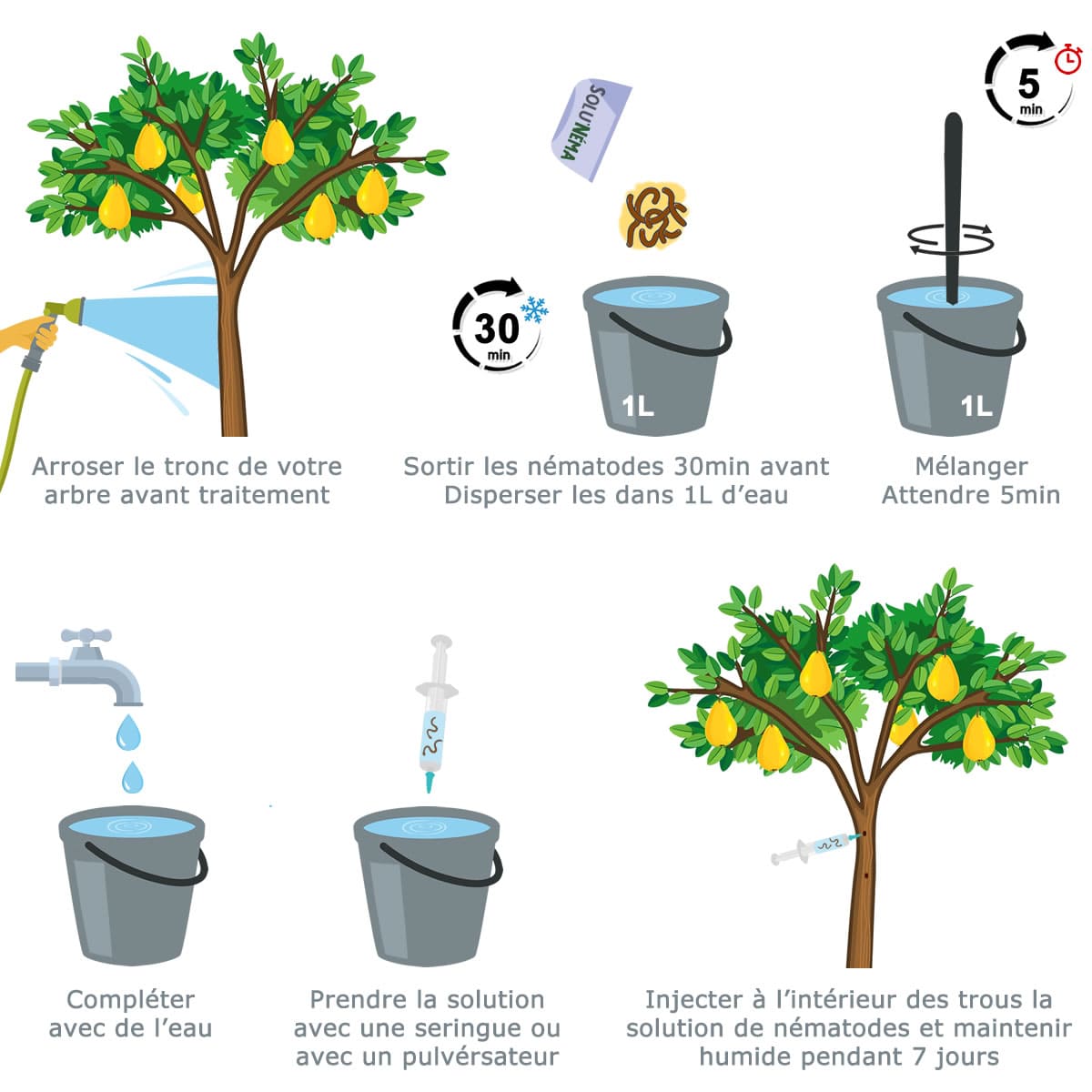
Other biological treatments against fruit tree moth
Several biological methods can be used to combat the fruit tree moth :
Bacillus thuringiensis
Bacillus thuringiensis (Bt) is a naturally occurring soil bacterium that is used as a biological insecticide. It specifically targets caterpillars, causing their death after ingestion.
Pheromone traps
Pheromone traps can be used to capture adult male moths, reducing the chances of reproduction.
Chemical treatment
In case of severe infestation, chemical treatments may be necessary. Pyrethrin-based insecticides or other products registered for fruit trees can be applied to control larval populations. However, it is important to limit the use of chemicals in orchards to preserve the ecosystem.
Prevention and advice against fruit tree moth
- Regular monitoring : Inspect your trees regularly, especially during the laying period, to detect the first signs of galleries or weakened branches.
- Removal of infected branches : If a branch is infested, it is recommended to prune it and burn it to prevent the spread of larvae.
- Preventative treatment : Applying nematodes or setting pheromone traps before adults emerge can prevent infestation.


